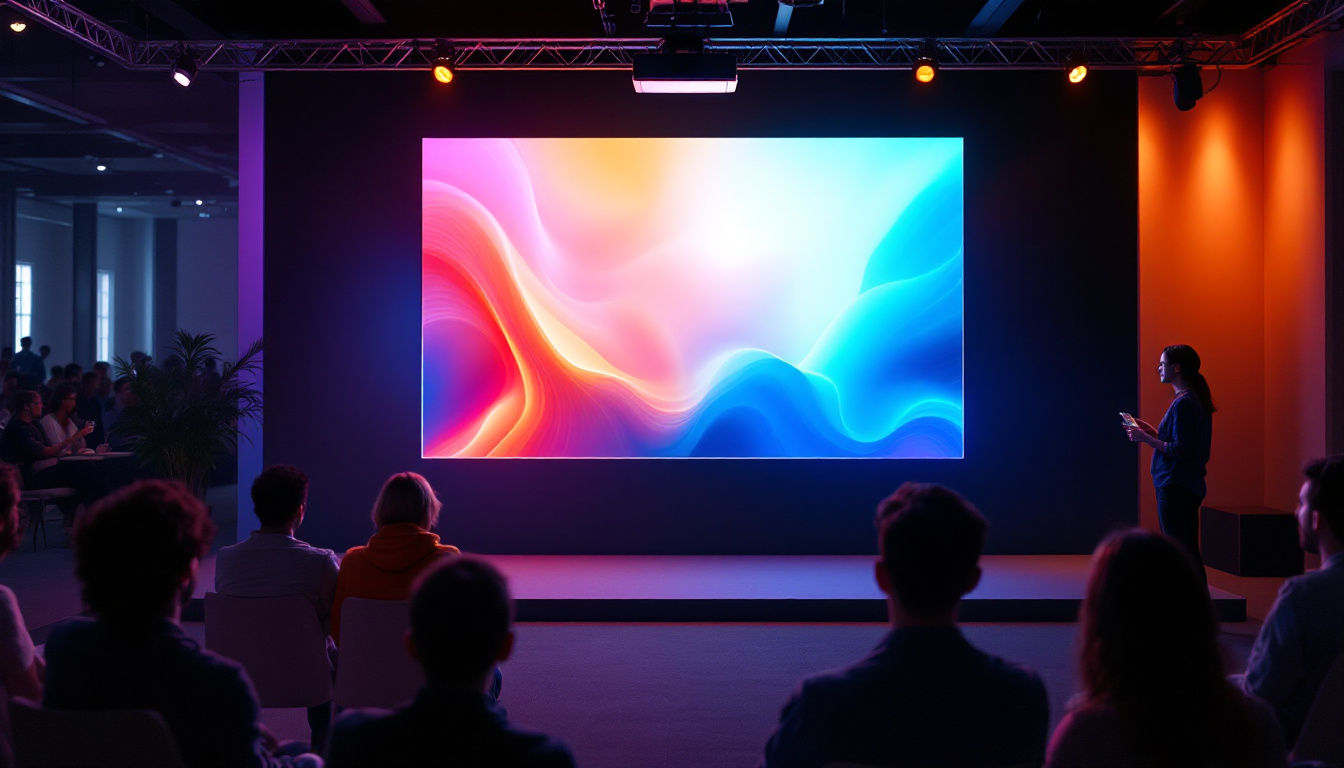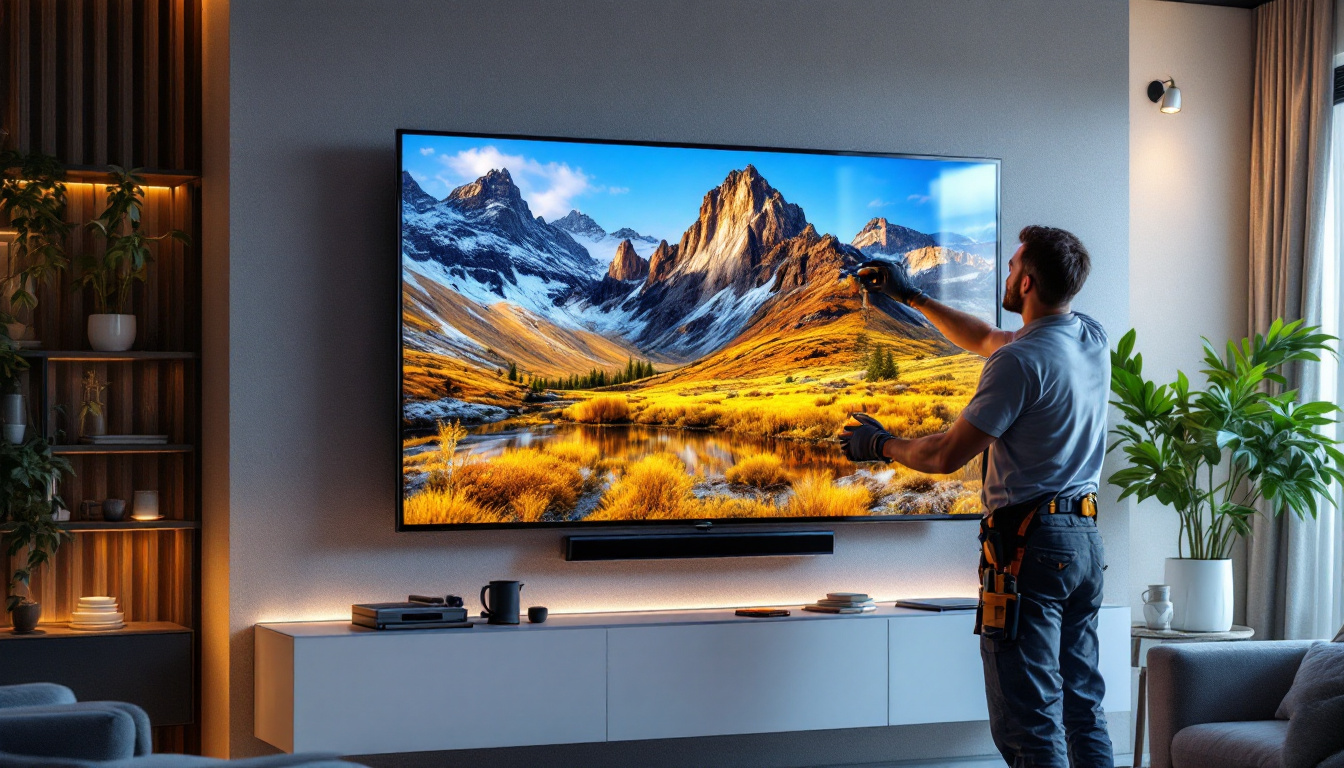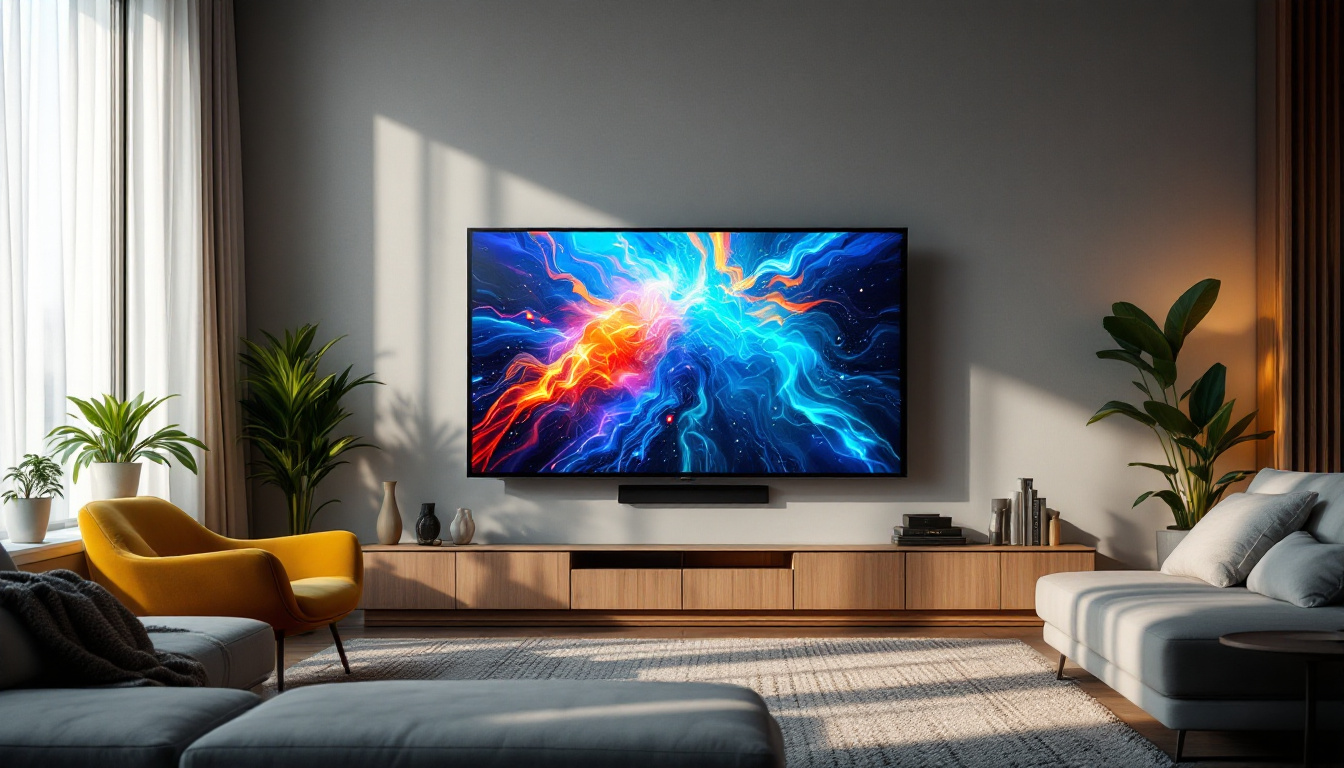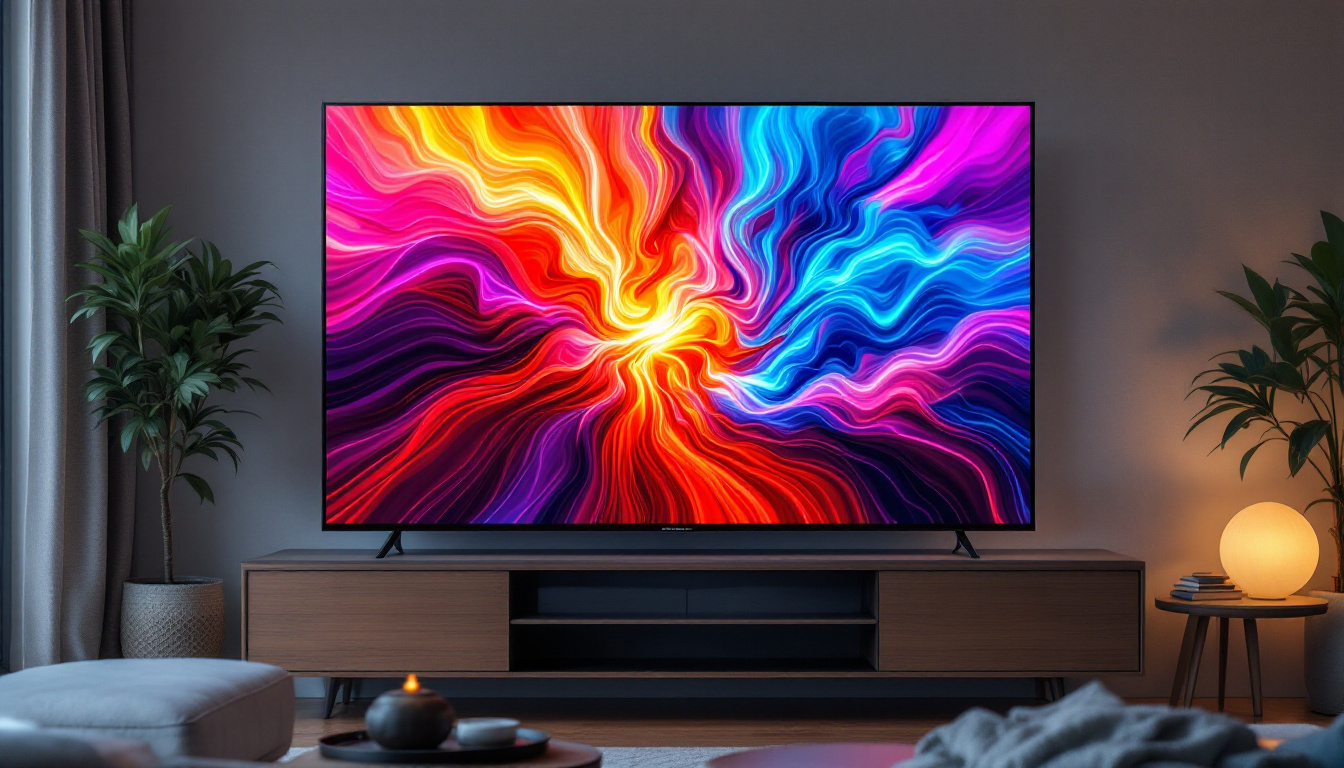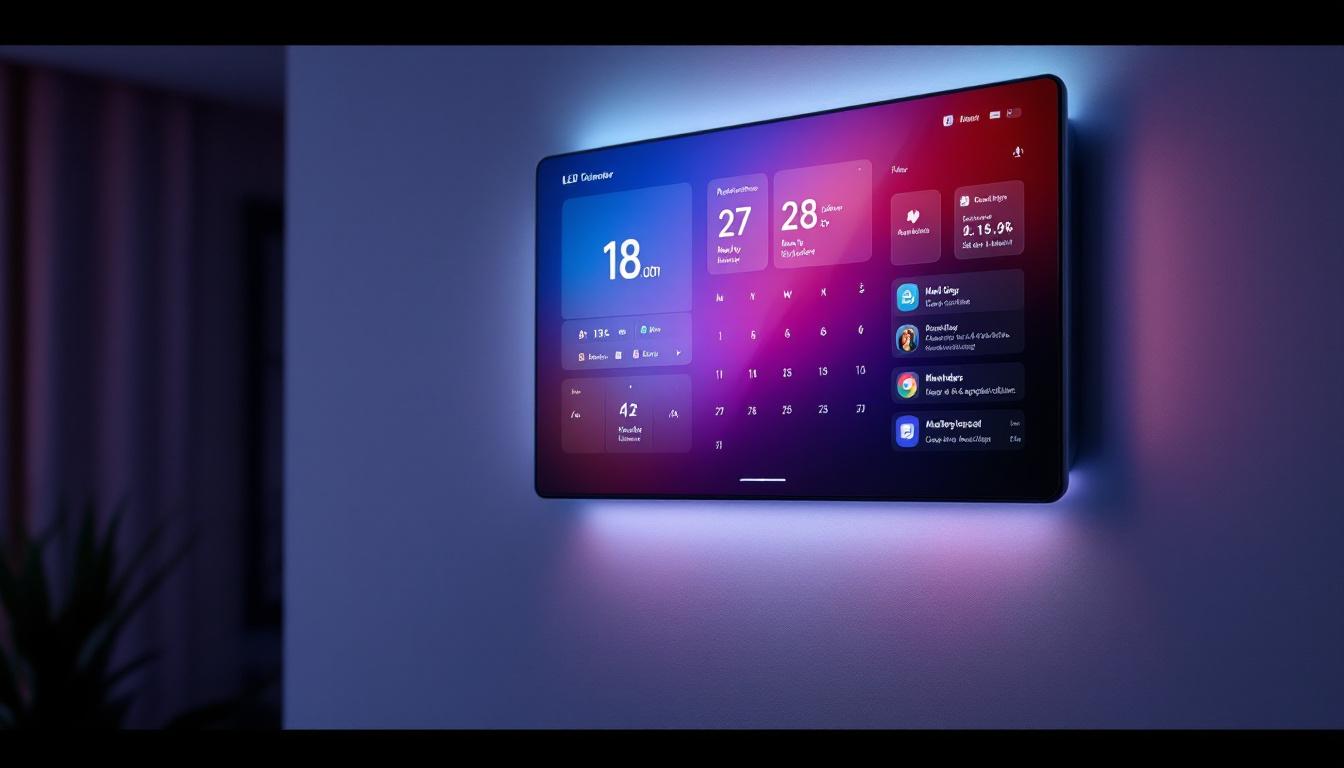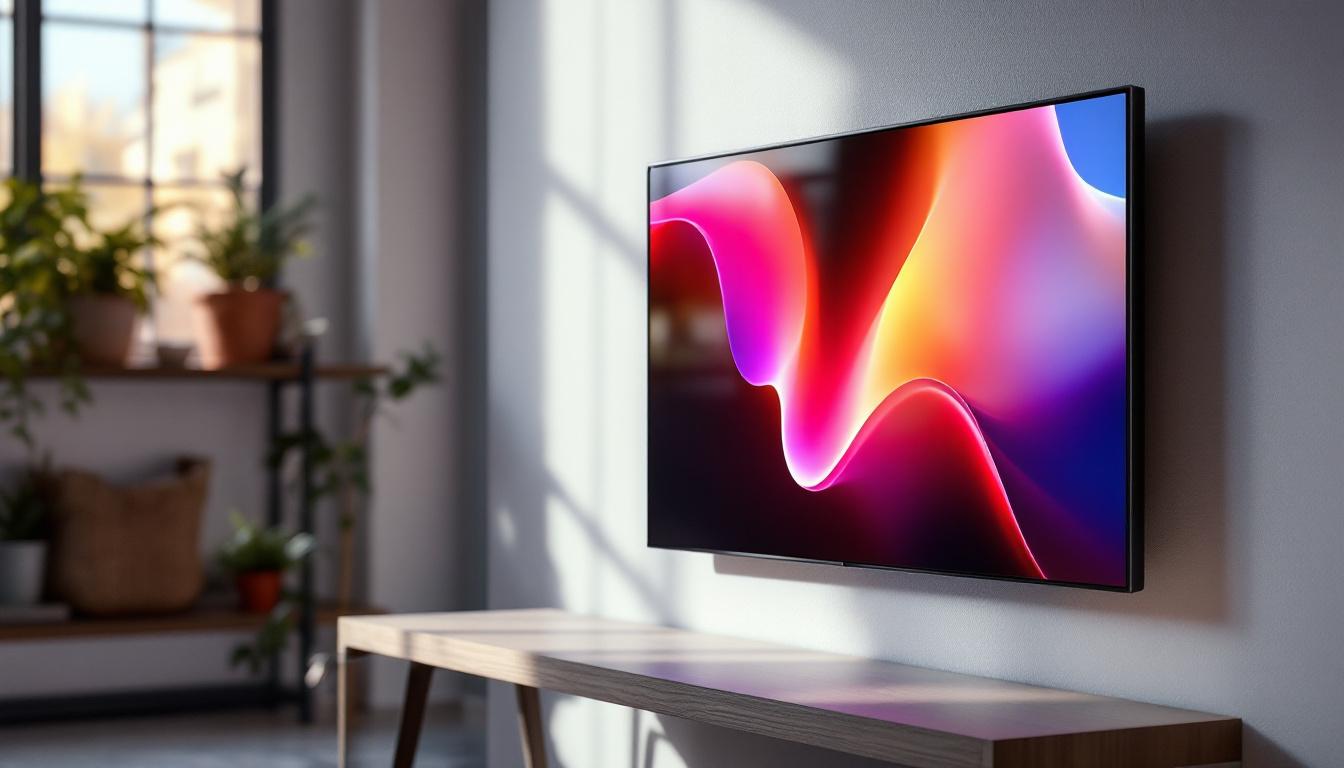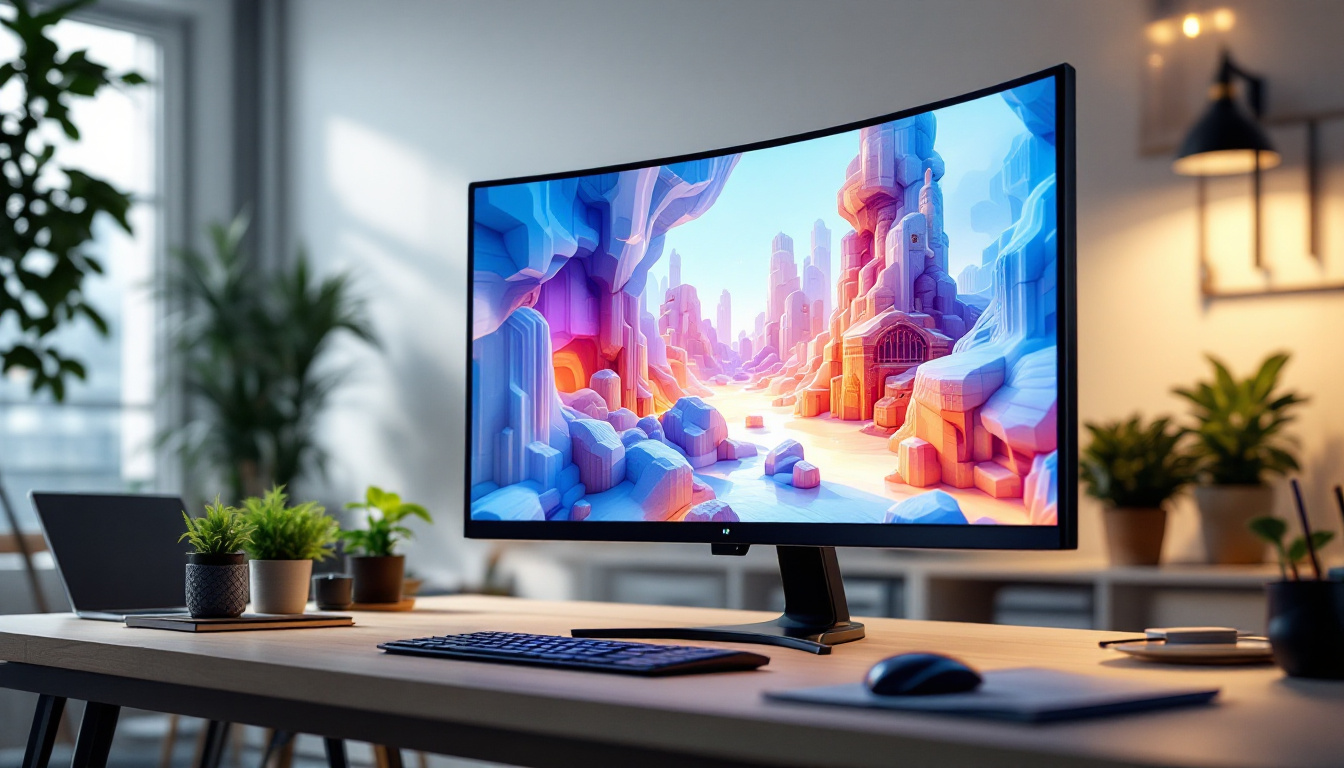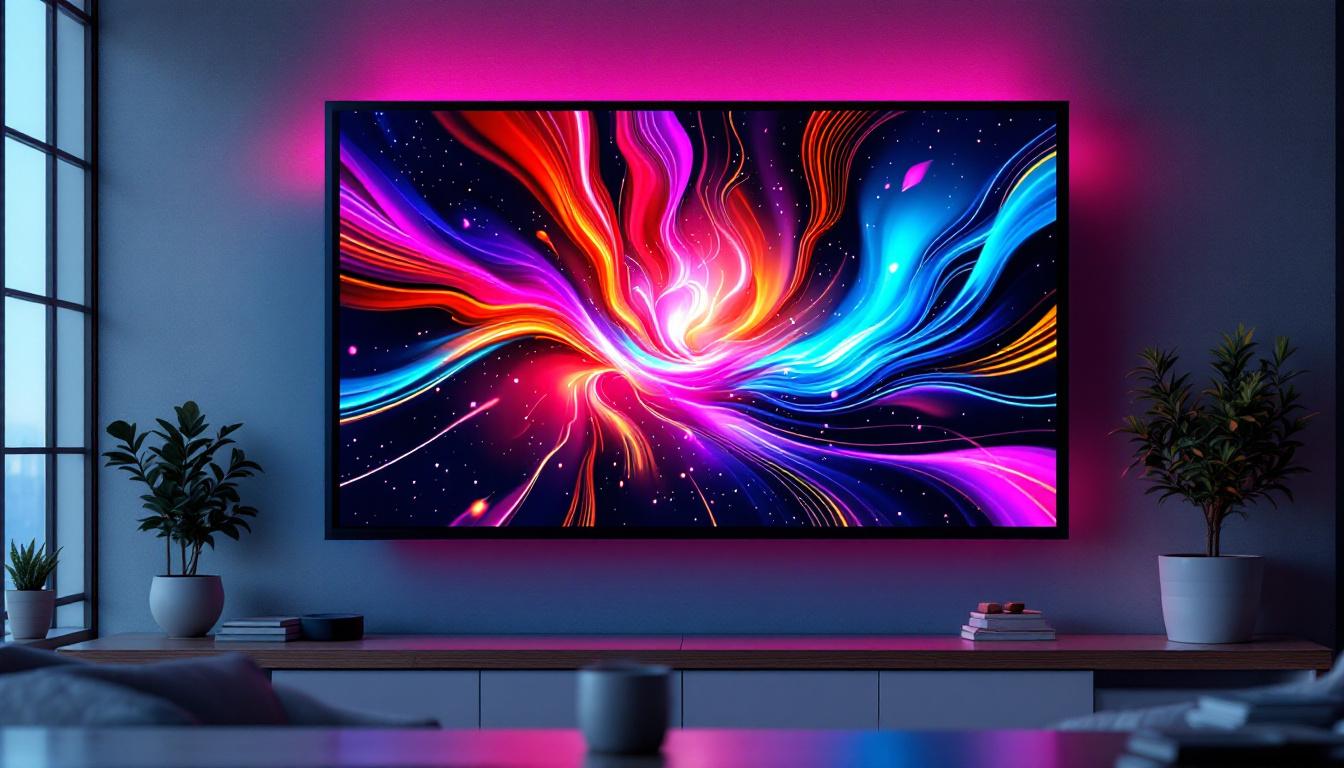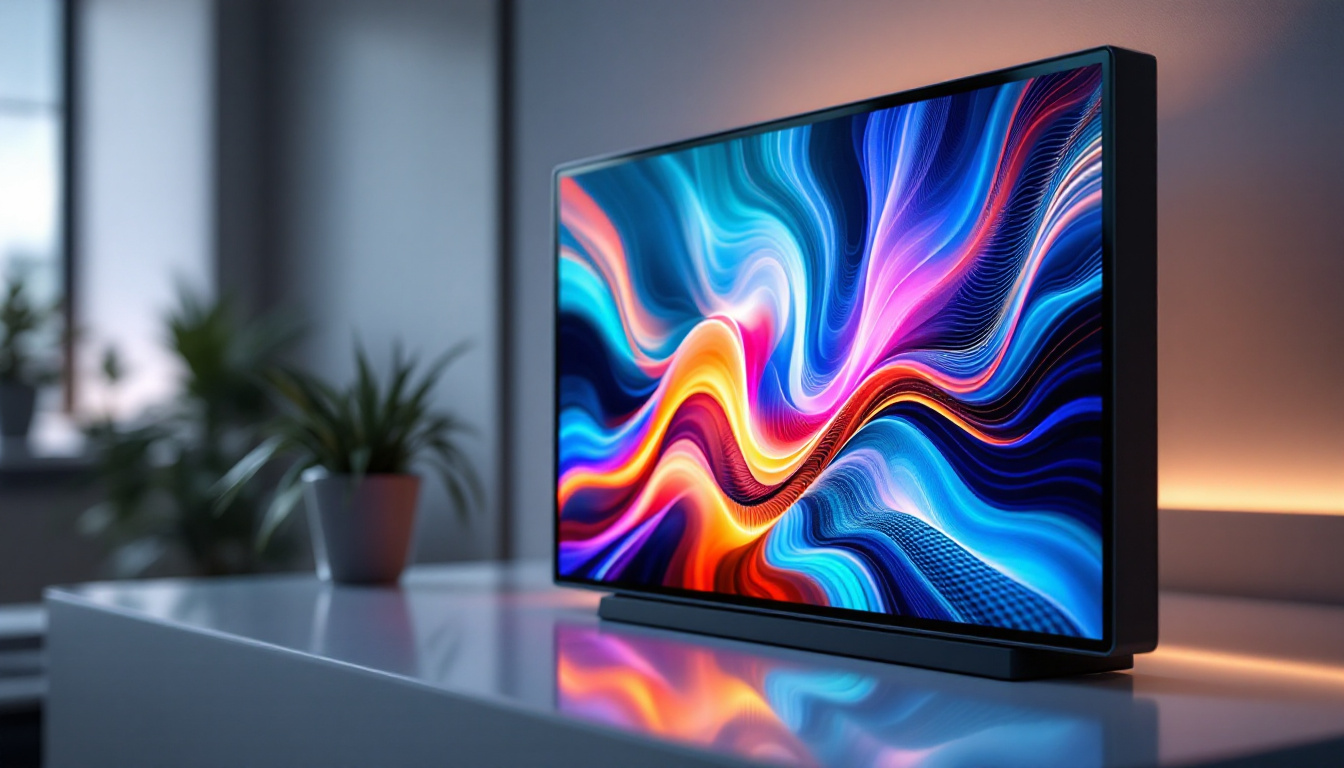Thinnest Wall TV: LED Display Explained
In an era where technology continues to advance at a rapid pace, the quest for the thinnest wall TV has become a focal point for both manufacturers and consumers. LED displays have revolutionized the way we experience visual entertainment, offering stunning picture quality while minimizing physical space. This article delves into the intricacies of LED technology, the evolution of wall-mounted TVs, and what to consider when choosing the perfect slim display for your home.
The Evolution of TV Technology
Television technology has come a long way since its inception. From bulky cathode ray tube (CRT) models to sleek, flat-panel designs, the evolution has been driven by the desire for better performance and aesthetics. The introduction of LED technology marked a significant turning point, enabling manufacturers to produce thinner, lighter, and more energy-efficient displays. This shift not only revolutionized the design of televisions but also changed how we consume media, allowing for larger screens that fit seamlessly into our living spaces.
Initially, LCD TVs dominated the market, but the integration of LED backlighting transformed them into more vibrant and dynamic displays. This innovation not only improved picture quality but also allowed for thinner designs, paving the way for the ultra-slim wall-mounted TVs we see today. As a result, the viewing experience became more immersive, with larger screens that could be easily integrated into home décor, leading to a surge in popularity for home theaters and media rooms.
Understanding LED Technology
LED, or Light Emitting Diode, technology utilizes tiny diodes to produce light, which is then used to illuminate the pixels on a screen. This method contrasts with traditional LCD screens that relied on fluorescent backlighting. The benefits of LED technology include improved color accuracy, higher contrast ratios, and lower power consumption. Furthermore, the longevity of LED lights means that consumers can expect their televisions to last longer, reducing the need for frequent replacements and contributing to a more sustainable approach to electronics.
There are two main types of LED displays: edge-lit and backlit. Edge-lit displays have LEDs placed around the perimeter of the screen, allowing for a thinner profile. In contrast, backlit displays use a grid of LEDs behind the screen, providing better uniformity in brightness and color but often resulting in a thicker design. As technology advances, hybrid models have emerged, combining the best features of both types to deliver superior performance without sacrificing design aesthetics.
The Rise of OLED and QLED
While LED technology has made significant strides, two other technologies have emerged as contenders in the quest for the best display: OLED (Organic Light Emitting Diode) and QLED (Quantum Dot Light Emitting Diode). OLED displays offer unparalleled contrast and color reproduction because each pixel emits its own light, allowing for true blacks and vibrant colors. This capability makes OLED particularly appealing for movie enthusiasts and gamers who seek the most immersive visual experiences possible.
QLED, on the other hand, is a technology developed by certain manufacturers that enhances LED displays using quantum dots to improve color accuracy and brightness. Although both OLED and QLED displays can be incredibly thin, they often come with a higher price tag compared to standard LED TVs. The competition between these technologies has spurred innovation, leading to features such as higher refresh rates and improved HDR (High Dynamic Range) capabilities, which further enrich the viewing experience. As consumers become more discerning about picture quality, the advancements in these technologies continue to drive the market forward, pushing manufacturers to explore new frontiers in display technology.
Benefits of Thinner Wall TVs
The appeal of ultra-thin wall-mounted TVs extends beyond aesthetics. These sleek devices offer several advantages that enhance the viewing experience and the overall ambiance of a room.
Space Efficiency
One of the most significant benefits of a thin wall TV is its ability to save space. Traditional bulky TVs can dominate a room, making it challenging to arrange furniture and decor. In contrast, a slim profile allows for a more streamlined look, enabling homeowners to maximize their living space without sacrificing style.
Moreover, wall mounting a TV can free up valuable floor space, making it easier to create a more open and inviting environment. This is particularly advantageous in smaller homes or apartments where every square foot counts.
Improved Aesthetics
Thinner TVs contribute to a modern and sophisticated aesthetic. Many designs feature minimal bezels and sleek finishes, allowing them to blend seamlessly with any decor. This integration enhances the visual appeal of a room, transforming a simple television into a stylish piece of art.
Additionally, many manufacturers offer customizable mounting options, including flush mounts that allow the TV to sit almost flat against the wall. This creates a gallery-like effect, elevating the overall design of the space.
Considerations When Choosing a Thinnest Wall TV
While the allure of a thin wall TV is undeniable, several factors should be considered before making a purchase. Understanding these elements can help ensure that the chosen model meets both aesthetic and functional needs.
Screen Size and Resolution
Screen size and resolution are critical components to consider. A larger screen can enhance the viewing experience, but it must be appropriate for the room size. A general rule of thumb is to sit at a distance that is three times the height of the screen for optimal viewing.
Resolution is equally important, with options ranging from Full HD (1080p) to 4K (2160p) and even 8K. Higher resolutions provide more detail and clarity, making them ideal for larger screens. However, it is essential to ensure that the content being viewed is available in the desired resolution to fully appreciate the benefits.
Connectivity Options
In today’s digital age, connectivity is paramount. A thinnest wall TV should offer a variety of ports to accommodate different devices, such as gaming consoles, streaming devices, and sound systems. HDMI, USB, and Ethernet ports are essential for seamless integration with other technology.
Additionally, many modern TVs come equipped with wireless connectivity options, including Wi-Fi and Bluetooth, allowing for easy access to streaming services and the ability to connect to mobile devices. This versatility enhances the overall user experience, making it easier to enjoy content from various sources.
Installation and Mounting Options
Proper installation is crucial for maximizing the benefits of a thin wall TV. Wall mounting not only saves space but also allows for optimal viewing angles. However, it is essential to ensure that the installation is done correctly to avoid damage to the wall or the TV itself.
Choosing the Right Mount
There are several types of mounts available, including fixed, tilting, and full-motion mounts. Fixed mounts are the simplest and keep the TV flush against the wall, while tilting mounts allow for slight adjustments to reduce glare. Full-motion mounts offer the most flexibility, enabling the TV to swivel and tilt for the best viewing angle.
When selecting a mount, it is essential to consider the weight and size of the TV, as well as the wall type. Some mounts are designed for specific TV sizes and weights, ensuring a secure fit. Additionally, it may be beneficial to consult a professional installer for optimal placement and safety.
Professional vs. DIY Installation
While some individuals may opt for a DIY installation, hiring a professional can ensure that the job is done correctly and safely. Professionals have the experience and tools necessary to handle various wall types and can provide guidance on the best placement for the TV.
Furthermore, professional installation can prevent potential issues, such as incorrect mounting or damage to the wall. This peace of mind can be worth the investment, especially for high-end models.
Maintenance and Care for Thin Wall TVs
To ensure the longevity of a thin wall TV, regular maintenance and care are essential. These steps can help preserve the quality of the display and enhance the viewing experience.
Cleaning the Screen
Keeping the screen clean is vital for optimal picture quality. Dust and fingerprints can accumulate over time, affecting the viewing experience. It is recommended to use a microfiber cloth specifically designed for electronics to gently wipe the screen without scratching it.
For deeper cleaning, a solution of distilled water and vinegar can be used. However, it is essential to avoid using harsh chemicals or abrasive materials, as these can damage the screen’s surface.
Software Updates
Many modern TVs come equipped with smart technology, allowing for access to streaming services and apps. Regular software updates are crucial for ensuring that the TV operates smoothly and securely. These updates can improve performance, introduce new features, and fix any bugs that may arise.
Most TVs will prompt users when an update is available, but it is also a good idea to check the manufacturer’s website for any updates periodically. Keeping the TV’s software current can enhance the overall user experience and extend the lifespan of the device.
Conclusion: The Future of Wall-Mounted TVs
The pursuit of the thinnest wall TV has led to remarkable advancements in display technology. With LED, OLED, and QLED options available, consumers have a wide range of choices to suit their preferences and budgets. The benefits of thin TVs extend beyond aesthetics, offering improved space efficiency and enhanced viewing experiences.
As technology continues to evolve, future iterations of wall-mounted TVs are likely to become even thinner and more integrated into our living spaces. Whether for a home theater setup or a minimalist living room, the thinnest wall TVs are set to redefine how we interact with visual media.
Ultimately, the choice of a wall-mounted TV should consider various factors, including screen size, resolution, connectivity, and installation options. By understanding these elements, consumers can make informed decisions that enhance their entertainment experience for years to come.
Discover the Ultimate Viewing Experience with LumenMatrix
Ready to elevate your visual entertainment to new heights? LumenMatrix, a pioneer in LED display technology, invites you to explore our extensive range of innovative LED display solutions. From the comfort of your home to the excitement of outdoor events, our Indoor and Outdoor LED Wall Displays, along with specialized options like Vehicle, Sports, and Floor LED Displays, are designed to bring your content to life. Experience the future of wall-mounted TVs with our All-in-One and Custom LED Displays, or make a bold statement with our LED Poster and Transparent Displays. Embrace the LumenMatrix vision to transform your visual communication with displays that captivate and engage. Check out LumenMatrix LED Display Solutions today and join the revolution in display technology.

